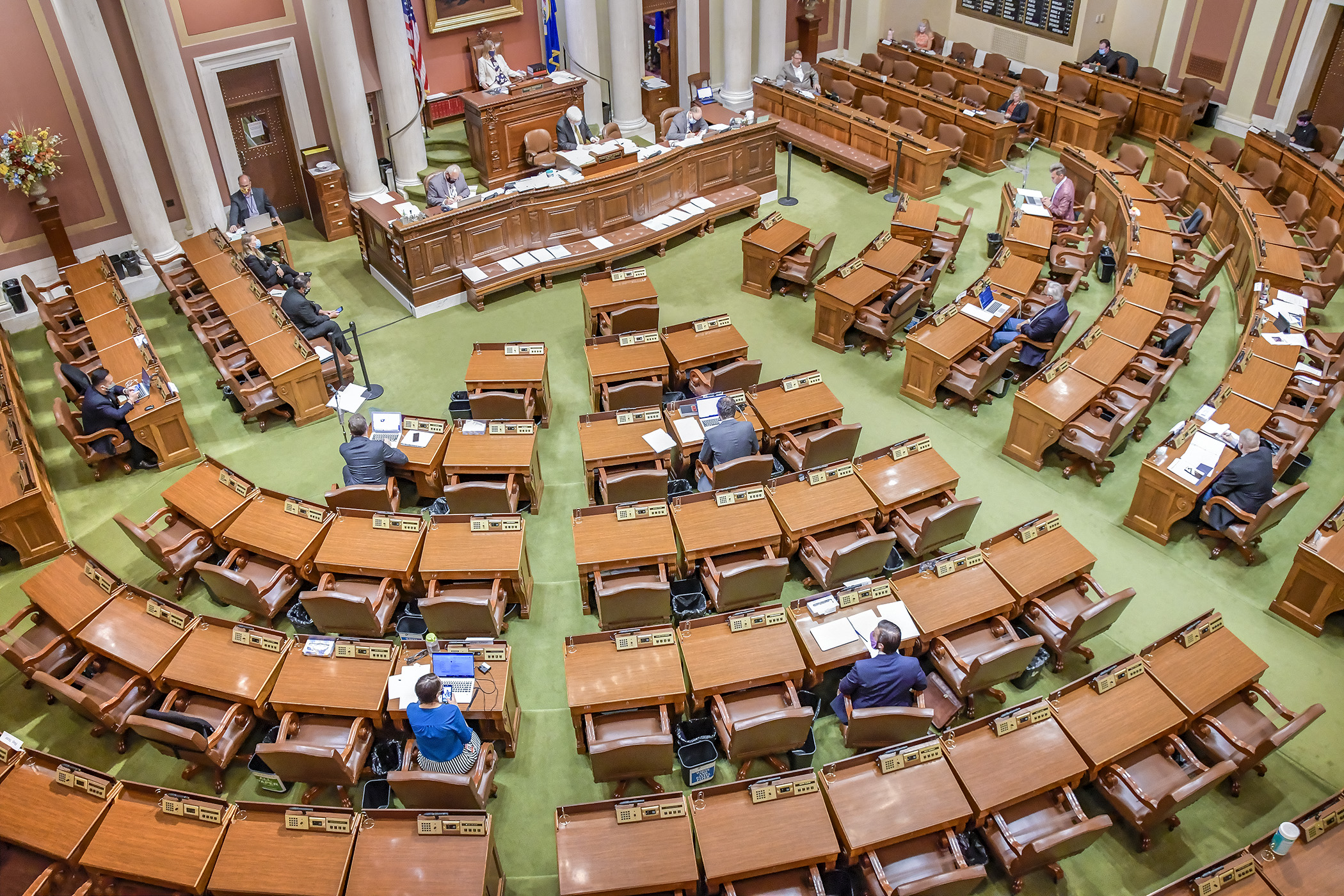House passes $104.5 million student summer learning package

Summer break may not be as leisurely for many students this year after the House advanced a summer school funding package Tuesday.
Sponsored by Rep. Jim Davnie (DFL-Mpls), HF1064 would appropriate $104.5 million to provide additional summer programming to help students make up for learning loss during the coronavirus pandemic. It was passed 69-63, and now heads to the Senate where Sen. Roger Chamberlain (R-Lino Lakes) is the sponsor.
The bill reflects Gov. Tim Walz’s 2021 summer learning plan. In addition to increased afterschool and summer programming, key elements of the plan include expanding access to quality child care, additional school-linked mental health services and helping schools develop community partnerships for added tutoring services and hands-on learning opportunities.
“With more than 90% of schools now in-person learning and teaching, with more school staff vaccinated, we have reason to hope and reason to act,” Davnie said. “We can make summer work for students and focus our work on those who need it most.”
The largest investment would support districts that have experienced pandemic-related enrollment loss by increasing the declining enrollment formula replacement percentage from 28% to 48.5% for fiscal year 2021 only. The temporary formula increase would have an aid entitlement cost of $29 million.
Additionally, the bill includes a $20 million appropriation in fiscal year 2021 to provide grants to low-income and underserved children to enroll in a three- or four-star-rated private preschool, public preschool or public prekindergarten in-person learning program.
Several Republicans expressed opposition to the bill due, in part, to how most of the funding would be distributed.
Rep. Ron Kresha (R-Little Falls) unsuccessfully offered an amendment that would have addressed those concerns by distributing funding through per-pupil aid based on enrollment, rather than through grants to districts and charters distributed by the Department of Education, as is prescribed in the bill.
“This amendment puts the dollars into the hands of the schools … and allows the schools to fairly distribute this out and address the programs they need,” Kresha said. “It’s a differing viewpoint, I believe it is more equitable.”
Other significant investments during fiscal year 2021 include:
- $10 million for field trips and hands-on learning opportunities;
- $10 million to increase funding for adult basic education programming;
- $6 million for summer programming for high school graduates at public postsecondary institutions;
- $6 million to expand school-linked mental health grants;
- $5 million for summer academic mentoring or tutoring for students;
- $5 million for afterschool community learning programs;
- $3 million for additional math corps activities;
- $2 million for additional reading corps activities; and
- $2 million for expedited grants for full-service community schools.
The bill specifies that if any additional COVID-19-related federal funds become available they should be used to replace state aid, and that the Department of Education should report to the Legislature on how the federal funds were used.
Related Articles
Search Session Daily
Advanced Search OptionsPriority Dailies
Ways and Means Committee OKs proposed $512 million supplemental budget on party-line vote
By Mike Cook Meeting more needs or fiscal irresponsibility is one way to sum up the differences among the two parties on a supplemental spending package a year after a $72 billion state budg...
Meeting more needs or fiscal irresponsibility is one way to sum up the differences among the two parties on a supplemental spending package a year after a $72 billion state budg...
Minnesota’s projected budget surplus balloons to $3.7 billion, but fiscal pressure still looms
By Rob Hubbard Just as Minnesota has experienced a warmer winter than usual, so has the state’s budget outlook warmed over the past few months.
On Thursday, Minnesota Management and Budget...
Just as Minnesota has experienced a warmer winter than usual, so has the state’s budget outlook warmed over the past few months.
On Thursday, Minnesota Management and Budget...